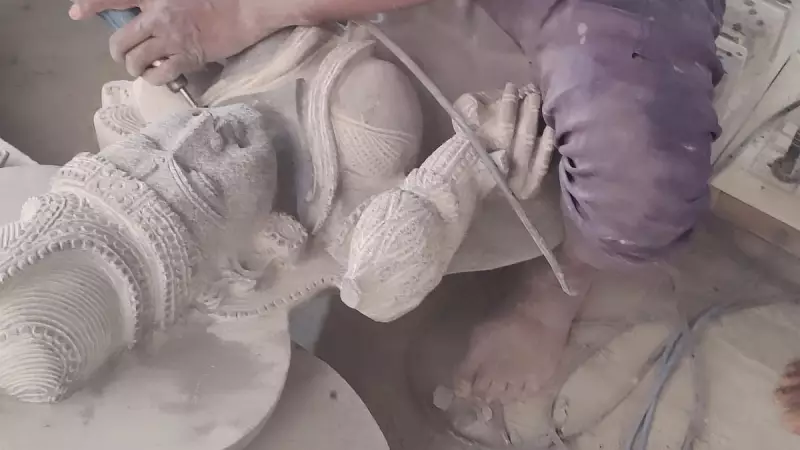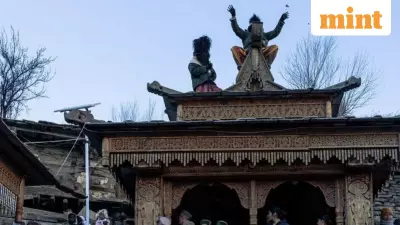
In the heart of Karnataka, a remarkable artistic tradition continues to breathe life into stone against all modern challenges. The village of Shivarapatna maintains its ancient stone-carving heritage, a craft that has weathered centuries of change and continues to captivate with its timeless beauty.
A Legacy Carved in Stone
According to rich local lore, Shivarapatna's stone-carving tradition dates back an astonishing thousand years to the era of the Ganga dynasty. This historical connection places the village at the center of Karnataka's cultural heritage, making it a living museum of Indian artistic excellence.
Many contemporary artisans in Shivarapatna firmly believe they are direct descendants of the master sculptors who created the world-renowned temples of Belur. This ancestral link provides not just technical knowledge but a deep spiritual connection to their work, treating each carving as both an artistic expression and a sacred duty.
Preserving Ancient Techniques
The stone carvers of Shivarapatna employ methods passed down through generations, maintaining the same tools and techniques that their ancestors used centuries ago. Each chisel strike represents a conversation between past and present, as traditional designs merge with contemporary artistic visions.
Despite facing numerous challenges in the modern era—including competition from machine-made products and declining interest among younger generations—these dedicated artisans continue their work. Their resilience demonstrates a profound commitment to preserving India's cultural heritage for future generations.
The Future of Stone Craftsmanship
As reported by Niranjana Vanalli on November 19, 2025, the story of Shivarapatna's stone carvers represents more than just artistic preservation. It stands as a testament to human determination and cultural identity in an increasingly homogenized world.
The ongoing survival of this ancient craft highlights the importance of supporting traditional artisans and recognizing the value of India's diverse cultural traditions. Each sculpture that emerges from the village workshops carries not just artistic merit but centuries of history, skill, and cultural memory.





